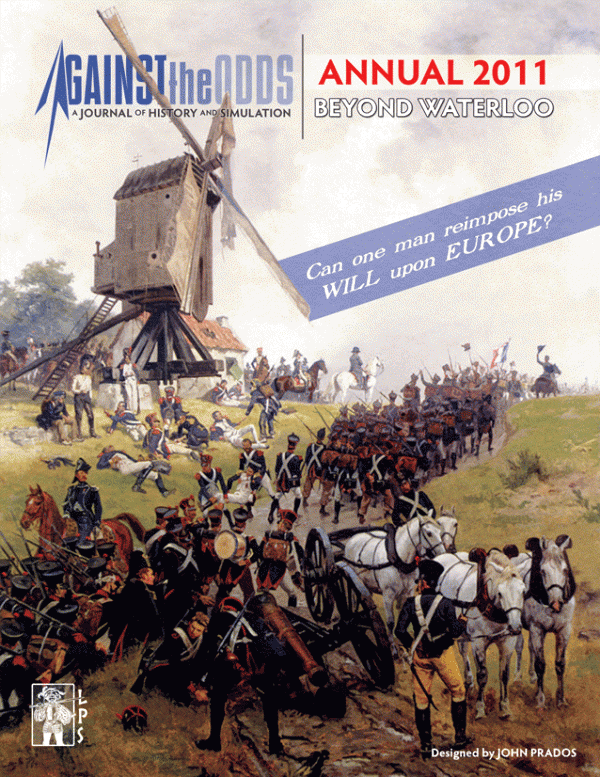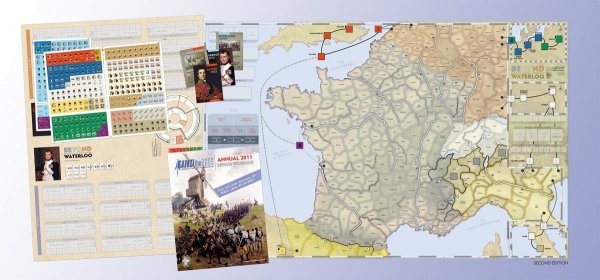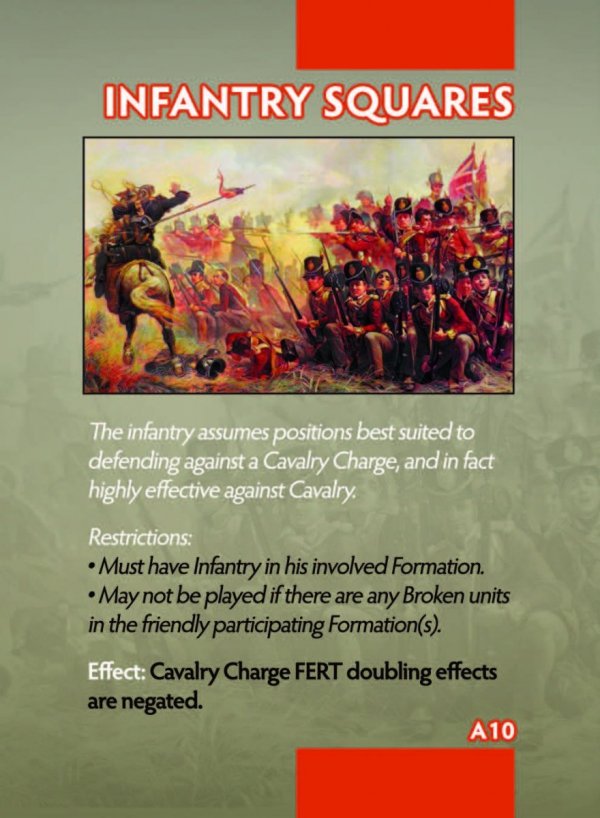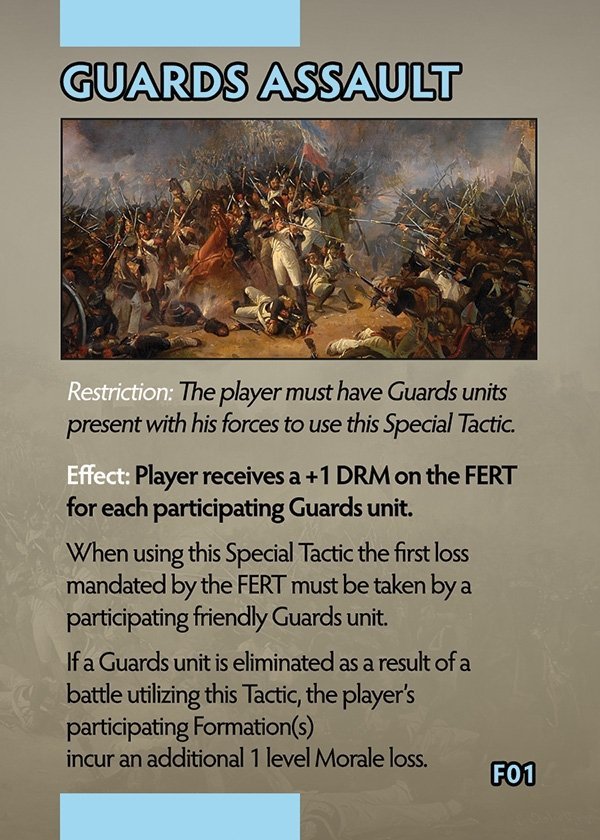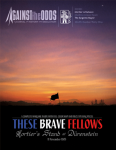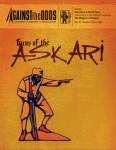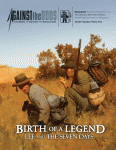-
Załączniki bezpieczeństwa
Załczniki do produktuZałączniki dotyczące bezpieczeństwa produktu zawierają informacje o opakowaniu produktu i mogą dostarczać kluczowych informacji dotyczących bezpieczeństwa konkretnego produktu
-
Informacje o producencie
Informacje o producencieInformacje dotyczące produktu obejmują adres i powiązane dane producenta produktu.Against the Odds
-
Osoba odpowiedzialna w UE
Osoba odpowiedzialna w UEPodmiot gospodarczy z siedzibą w UE zapewniający zgodność produktu z wymaganymi przepisami.
“Another Waterloo game?”
Not exactly. And much more.
While most “Waterloo games” either lock players into the circumstances of that famous battle, or give some small leeway into the overall circumstances of the “100 Days” battles in Belgium, they all suffer from a similar narrow focus. You will have the Armée du Nord face some combination of Blücher and Wellington and everyone just does the best they can.
But any reading of the 100 Days shows a flurry of activity—key, historical events—which no one has bothered putting into game form.
Until now.
Beyond Waterloo, designed by John Prados, begins with Napoleon entering Paris and the Coalition Allies facing choices about what to do about this.
We’ve all read the events that follow. Napoleon feverishly works the diplomatic channels while trying to reform a government and rebuild something like La Grande Armée. The allies put aside their quibbling over the new lines on the map of Europe, declare Boney an “outlaw,” and start mobilizing about a million troops to invade France.
Repeat, Beyond Waterloo begins with Napoleon entering Paris. Each player gets to pursue these grand strategic paths we’ve all discussed about many times but never gamed. The map includes France—ALL of France—plus Belgium, Spain, Germany, Switzerland, and Italy. Get the picture? This time, the players will have different choices. “Beyond Waterloo” means WATERLOO MAY NOT HAPPEN AT ALL! Or if it happens, the players will be part of why it happens!
This is a rare opportunity for some genuinely alternative history exploration. The game involves military, economic, and diplomatic paths, and totally new design elements. Because of the complexity and “newness” of many approaches, the game offers a layered approach, beginning by teaching players a new way of having combat that is both strategic and nuanced for the era. And yes, you can fight “just the Battle of Waterloo” if you wish! At the next level of instruction, we get to the “Basic game.” (Yes, when have you seen “phase 2” in complexity called “the Basic Game?” ) Here the players begin to deal with strategic issues, economics, administration systems, and other factors scarcely deal with in any game, much less one on the 100 Days. As players work up to the Advanced Game, they include diplomacy, force mobilizations, politics, and how each of these impacts and molds grand strategy.
Beyond Waterloo gives players the first ever chance to actually PLAY the situation we’ve all read about regarding Napoleon’s return. Now the varied circumstances in Switzerland, Spain, the Vendée, disgruntled allied countries (who aren’t getting what they wanted at the negotiation table), spy networks, and the politics of Paris are all PART of the game. Yes, you’ll find the familiar names of Wellington, Ney, and Blücher included, but also Soult, Schwarzenburg, Charles, and even Murat’s bizarre effort in Naples.
John Prados has been part of some of gaming’s real milestones… Rise and Decline of the 3rd Reich, Army of the Heartland, Campaigns of Napoleon, Panzerkrieg. For ATO, he’s delivered award winners like Fortress Berlin and Khe Sanh, 1968. Beyond Waterloo sets another milestone that gamers will talk about for years to come.
This is the Waterloo game serious students of the end of an era have been looking for. The 2011 Annual will be a landmark of historical gaming. Make sure you get yours now!
Beyond Waterloo and the 2011 ATO Magazine Annual
Map - One full color 22"x34" mapsheet
Army Organization Display - One full color 17"x22" sheet
Counters - 420 full color 1/2" die-cut pieces
Rules length - 20 pages
Scenarios and Options - 12 pages
Cards - 24 deluxe Battle Tactic cards
Charts and tables - 3 double-sided standalone sheets
Complexity - High How challenging is it solitaire? - Poor
Playing time - Up to 3 to 4 hours for the smaller scenario, 16 to 20 hours for the full campaign game
Designer - John Prados
Development - Lembit Tohver and Steve Rawling
Graphic Design - Mark Mahaffey and Charles Kilber







